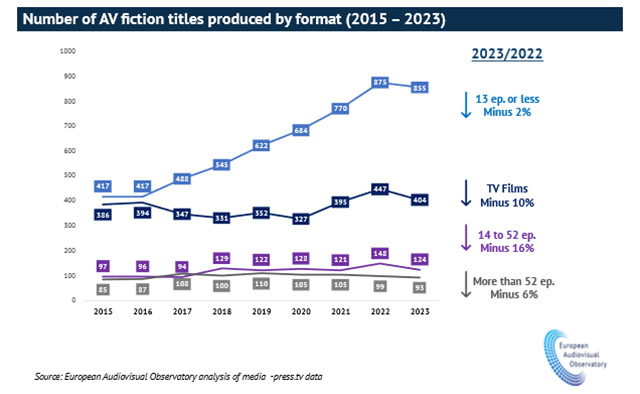Travel
Tourists to spend over €800 billion in Europe this year

With the tourism industry in Europe finally exceeding pre-Covid levels in the first quarter of the year and continued good figures in the second quarter, visitors to the continent are expected to spend over €800 on their travels by the end of the year, according to the European Travel Commission’s (ETC) latest Tourism Trends & Prospects report.
1. Rising costs not a deterrent
Although costs are rising for everything, from accommodation to flights, people are not deterred from travelling this year. Foreign arrivals (+6%) and overnights (+7%) surpassed 2019 figures in the first half of the year, reflecting a year-on-year increase of 12% and 10%, respectively. The growth is also propelled by robust intra-regional travel from Germany, France, Italy and the Netherlands.
Visitors are expected to spend €800.5 billion in Europe this year, up 13.7% since last year. This results from increased operating prices, the return of high-spending tourists from the Asia-Pacific (APAC) region and strong demand from events, such as the Paris Olympics, and blended business-leisure travel. The accommodation sector especially benefitted in the first half of the year with revenue per available room up 5.4% and occupancy rates up 1.8%.
The most significant increases in inbound spending for the year-to-date are in Spain (25%), Greece (25%), Italy (20%) and France (16%). Other countries such as Croatia, Bulgaria and Romania expect to see longer average stays in 2024 than the previous year, which will also result in increased tourism revenue.
2. Southern European destinations remain the most popular
Year-to-date data indicates that both traditional and non-traditional Southern European and Mediterranean destinations continue to be the most popular choices for tourists in Europe. Notable increases in arrivals compared to 2019 levels were recorded in lesser-known destinations such as Serbia (+40%) and Bulgaria (+29%), as well as long-standing favourites including Malta (+37%), Portugal (+26%) and Türkiye (+22%). The ongoing success of these destinations is partially due to their common offer of value-for-money experiences and generally favourable weather conditions.
The Nordic countries also show growing appeal, with foreign overnights up in Denmark (+38%), Norway (+18%) and Sweden (+9%). This indicates increasing success outside Southern Europe and in destinations that are relatively more expensive, a shift due partly to climate change, as travellers seek cooler escapades instead of the traditional beach holidays.
We welcome a more balanced spread of tourism across Europe, contributing to the increasing sustainability of our industry.
Miguel Sanz, ETC President
There is also an increase in the number of travellers choosing off-season travel and lesser-known destinations, driven by the search for value-for-money and unique, authentic experiences. Notably, Albania and Montenegro have witnessed a remarkable rise in market share, up 86% and 31% respectively, since 2019.
Increasing interest in travelling off the beaten track is also reflected in online conversations about European travel, which highlighted the appeal of natural island settings, such as Madeira, in Portugal, and Magerøya, in Norway. Both of these countries saw a corresponding increase in arrivals and overnights. Sustainability was a key positive reputation driver for destinations this quarter, while more negative discourse focussed on the social and environmental impacts of overcrowding in traditional tourism hotspots.
“It is encouraging to see the increasing diversification of the European tourism landscape this quarter. This benefits both emerging destinations and established hotspots that may potentially face overcrowding. Furthermore, growing tourist numbers in lesser-known areas will help small businesses still recovering from the pandemic or struggling with rising operational costs due to the current economic context”, ETC President Miguel Sanz, commented on the findings.
Conversely, the Baltic region continues to struggle, with Latvia (-24%), Estonia (-16%) and Lithuania (-15%) still experiencing international arrivals well below 2019.
3. Return of Chinese tourists and boosted rail travel
Though the US remains the best-performing long-haul source market, there is a notable uptake from East Asian markets, especially China. European cities are proving a particular draw for Chinese visitors, as the country is expected to become the fastest-growing source market for city destinations in 2025, overtaking the US.
At the same time, the growth of rail capacity is opening the door for travellers to explore new experiences and destinations. Germany’s national railway company, Deutsche Bahn, saw a 21% increase in international routes between 2019 and 2023, primarily benefitting neighbouring countries. Eurostar services have returned to pre-pandemic passenger levels, and Spanish rail operator Renfe reported selling 500,000 tickets within six months of launching its international line to France. All three of these operators have plans to expand capacity in the coming years, highlighting rail’s growing importance in European tourism.










